I manually specified the starting position of every node and set splines=true.
The resulting image appears as follows:

The spline between 1031 and 1028 appears to touch nodes 1030 and 1029. I am just wondering if there's a way to increase the margin here. I have tried specifying esep="+3,3" to give a very high margin around nodes but the same graph is still output.